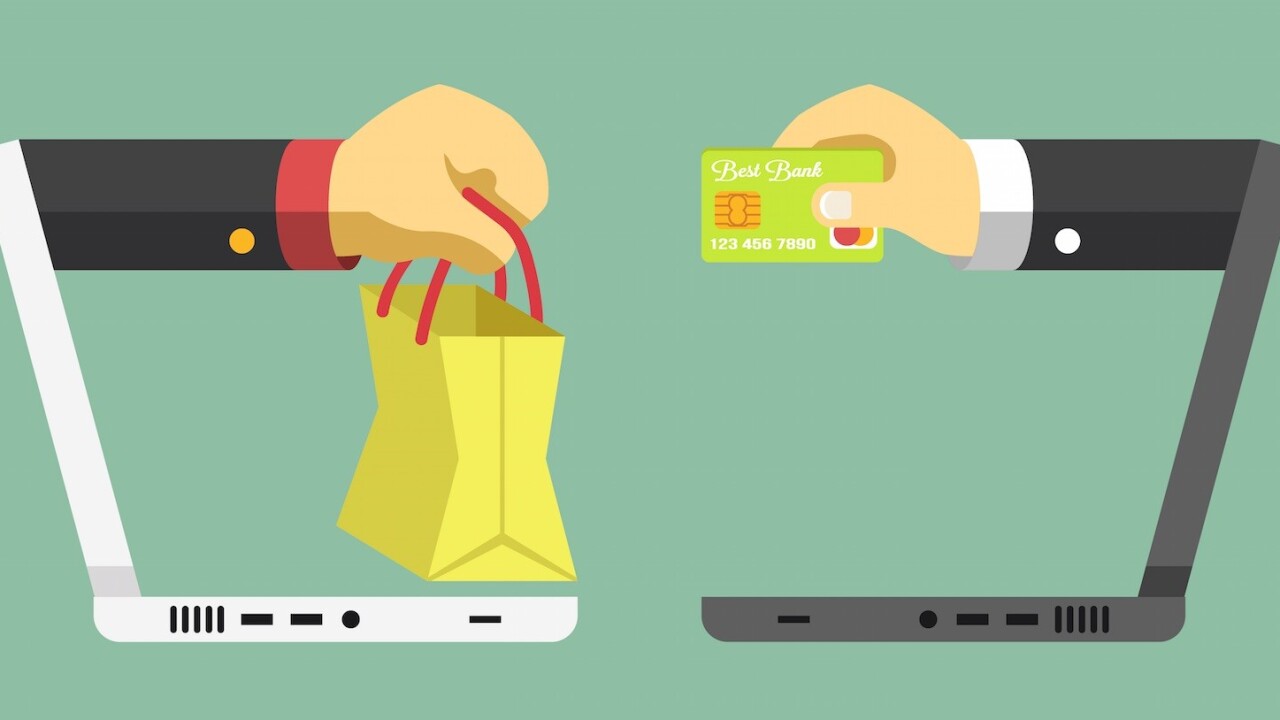
Lately it’s been becoming more common to start an ecommerce business before transitioning into the retail brick-and-mortar space down the line. While this hasn’t always been a traditional growth strategy for many retailers, ecommerce giants such as NastyGal, ModCloth, Warby Parker and Bonobos have all begun expanding by opening physical locations.
By gleaning insights from these aforementioned ecommerce innovators, you can learn the key factors that your web-only business should take into consideration prior to launching physical locations of your own.
Nasty Gal — Understand Your Customer’s Shopping Behaviors
Whether your company is looking to reach new markets, increase revenue, or provide an omni-channel experience for your shoppers, you should first conduct extensive market research to become more informed about the wants and needs of your customers.
Start by surveying your current shoppers and asking questions that will help you better understand their purchasing behaviors. For example, fashion retailer Nasty Gal discovered that their customers were not only shopping online but through physical channels as well and thus chose to adapt their business model to accommodate their needs.
When asked about Nasty Gal’s future plans and the reasoning behind opening a brick-and-mortar store, CEO Sophia Amoruso explained, “Our customers are shopping brick-and-mortar as well and we want be everywhere that she is”. Amoruso continued, “We want to engage with her in the real world.”

Nasty Gal’s first physical location on Melrose Avenue in Los Angeles. [Source: Fashionista]
By researching consumer trends, listening to your customers, and understanding their shopping behaviors, you can gather stronger data that suggests whether opening a physical location will appeal to your audience and align with your company’s plans for expansion.
ModCloth — Test Your Market(s) Before Opening a Brick-and-Mortar
If you have found data that indicates that you should expand, the next step is to gather even more information about your market by opening a “pop up shop” or a small store with minimal investment and launch trial store opening.
This method can help you collect more specific information and feedback about how a physical location will resonate with your customers. For example, ModCloth began experimenting by opening a temporary sales floor in the lobby of their Los Angeles office space.
ModCloth CEO Matthew Kaness explained, “We’re looking to test other formats before we make any big decisions around what the future of offline is,” Kaness says.”Right now, we’re still concepting it.” While it’s too early to know if ModCloth’s offline expansion has been a success, by testing the market prior to investing in a permanent location, they have minimized their risk potential in case of failure.

Warby Parker — Consider the Financial Costs Associated with Physical Locations
Perhaps one of the biggest reservations that online only retailers have is the cost and inherent risk associated with expanding into offline channels. The high risk, high reward model is further justification that comprehensive market research and testing should be a top priority before making taking the leap into the physical retail market.
After eyeglass retailer Warby Parker launched their brick-and-mortar locations, the brand saw order volumes on both online and offline avenues increase by 23.5 percent each month for the past year.
However, one reason that Warby Parker may have found success, is that their brand was already profitable and backed by millions of dollars in venture capital funding, which could have meant that they may had the luxury to try new strategies without the fear of collapsing.
Read Next: 5 things to look for in the right e-commerce platform for your business
Image credit: Shutterstock
This post first appeared on Etail.
Get the TNW newsletter
Get the most important tech news in your inbox each week.




